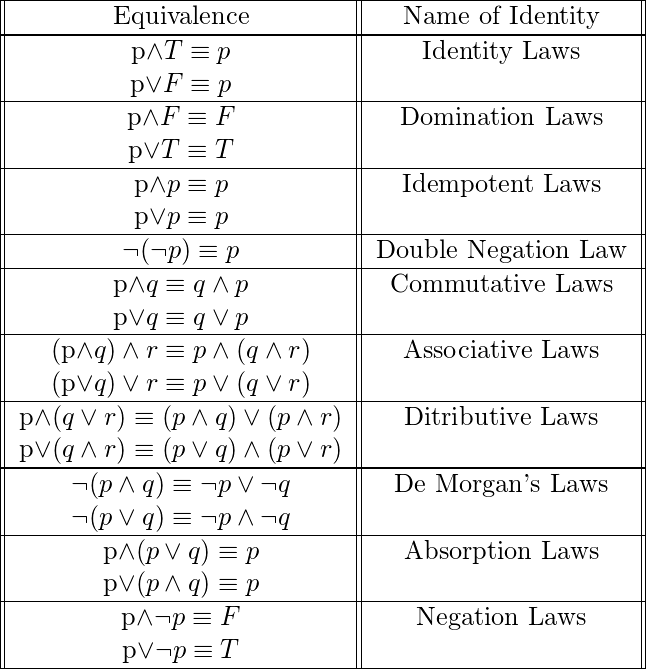

Similarly, a necessary and sufficient condition for invertibility of a matrix M is that M has a nonzero determinant. For example, at present, "today is the Fourth of July" is a necessary and sufficient condition for "today is Independence Day in the United States". For example, carrying on from the previous example, one can say that knowing that someone is called Socrates is sufficient to know that someone has a Name.Ī necessary and sufficient condition requires that both of the implications S ⇒ N being a real number ( N) (since there are real numbers that are not rational).Ī condition can be both necessary and sufficient. In common terms, "the truth of S guarantees the truth of N". If the conditional statement is true, then if S is true, N must be true whereas if the conditional statement is true and N is true, then S may be true or be false. One can also say S is a sufficient condition for N (refer again to the third column of the truth table immediately below). Similarly, in order for human beings to live, it is necessary that they have air. In the reverse situation of "If N, then S," for example, in order for someone to be called Socrates, it is necessary for that someone to be Named. In other words, the antecedent S cannot be true without N being true.

In common language, this is equivalent to saying that if the conditional statement is a true statement, then the consequent N must be true-if S is to be true (see third column of " truth table" immediately below). In the above situation of "N whenever S," N is said to be a necessary condition for S. This conditional statement may be written in several equivalent ways, such as " N if S", " S only if N", " S implies N", " N is implied by S", S → N, S ⇒ N and " N whenever S". In the conditional statement, "if S, then N", the expression represented by S is called the antecedent, and the expression represented by N is called the consequent. In data analytics, necessity and sufficiency can refer to different causal logics, where Necessary Condition Analysis and Qualitative Comparative Analysis can be used as analytical techniques for examining necessity and sufficiency of conditions for a particular outcome of interest. For example, being a male is a necessary condition for being a brother, but it is not sufficient-while being a male sibling is a necessary and sufficient condition for being a brother.Īny conditional statement consists of at least one sufficient condition and at least one necessary condition. In ordinary English (also natural language) "necessary" and "sufficient" indicate relations between conditions or states of affairs, not statements. That is, the two statements must be either simultaneously true, or simultaneously false. The assertion that a statement is a "necessary and sufficient" condition of another means that the former statement is true if and only if the latter is true. In general, a necessary condition is one (possibly one of multiple conditions) that must be present in order for another condition to occur, while a sufficient condition is one that produces the said condition. (Equivalently, it is impossible to have P without Q, or the falsity of Q ensures the falsity of P.) Similarly, P is sufficient for Q, because P being true always implies that Q is true, but P not being true does not always imply that Q is not true. For example, in the conditional statement: "If P then Q", Q is necessary for P, because the truth of Q is guaranteed by the truth of P. In logic and mathematics, necessity and sufficiency are terms used to describe a conditional or implicational relationship between two statements. For the concepts in statistics, see Sufficient statistic. For causal meanings of the terms, see Causality. For lists of symbols categorized by type and subject, refer to the relevant pages below for more.This article is about the formal terminology in logic. Set of sentences $\Phi$ does not prove sentence $\phi$įor the master list of symbols, see mathematical symbols. (rightarrow) is the symbol used to represent the relation between two. For example, 'If Cliff is thirsty, then she drinks water.' This is a conditional statement. Here p refers to hypothesis and q refers to conclusion. Set of sentences $\Phi$ proves sentence $\phi$ A statement that is of the form 'If p, then q' is a conditional statement. Set of sentences $\Phi$ does not entail sentence $\phi$ If $\Phi \models \phi$, then $\Phi \cup \Psi \models \phi$.

($\phi$ is a logical consequence of $\Phi$) A conditional statement, symbolized by pq, is an if-then statement in which p is a hypothesis and q is a conclusion. Set of sentences $\Phi$ entails sentence $\phi$

In Boolean logic, $\mathbb = \top$, then $\sigma \models \phi$. The following table features the most notable of these - along with their respective example and meaning. In logic, constants are often used to denote definite objects in a logical system.


 0 kommentar(er)
0 kommentar(er)
